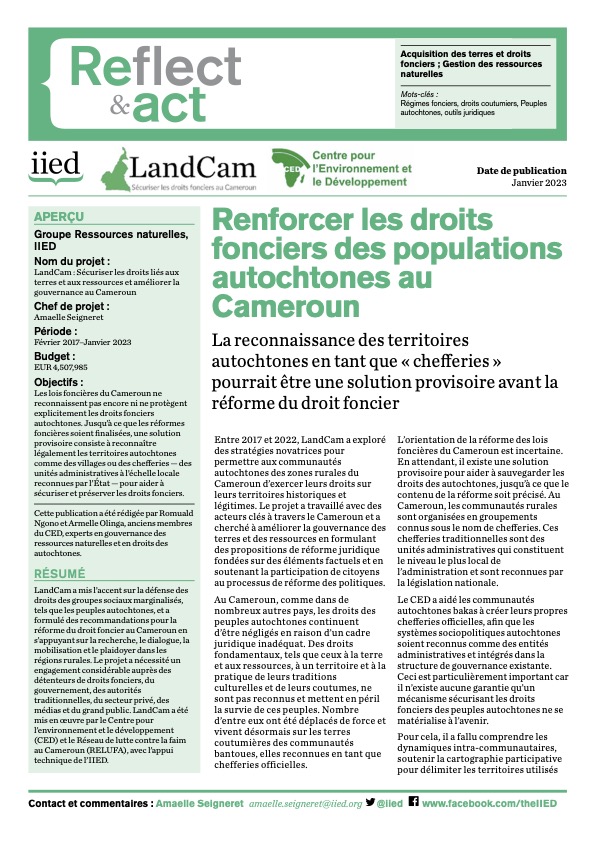Documental Niweaba: mujeres shipibas enfrentan las amenazas a sus territorios y sus vidas
Las comunidades shipibas cuyos territorios se ubican en la provincia de Coronel Portillo, región Ucayali, enfrentan múltiples amenazas a sus derechos territoriales y sus vidas: narcotráfico, tala ilegal. Pero no solo actividades ilegales, también concesiones forestales y agrícolas otorgadas por el Ministerio de Agricultura y Riego en sus territorios. Los menonitas han deforestado grandes extensiones.



